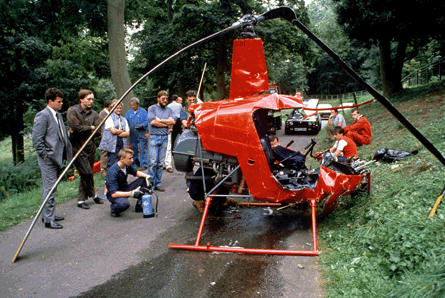Now, five years after the International Helicopter Safety Team launched its historic attempt to transform global rotary-wing safety performance, it has assembled the necessary critical mass of data on which to base intervention strategies. It has been hard work and, looking at the accident figures, there has been nothing to show for it so far. That's dispiriting considering there are only six years to go to achieve the target improvement - an 80% reduction in accident rates.
But it was never going to be easy or quick. When the team was launched, it brought on board world regions like Europe to set up parallel studies. Now the USA, Europe, Canada, India and a number of other regions have done the crucial initial work of digging deep into hundreds of helicopter accident reports to identify the common threads that will unlock the potential solutions to the highly unsatisfactory levels of safety performance across most of the rotary wing industry. Only by using incontrovertible, fact-based analysis of what goes wrong will the solutions have any credibility.
 |
|---|
© News UK Ltd/Rex Features |
One of the most emphatic findings is that helicopters don't cause crashes, people do. Mechanical failure is way down the list of causal factors.
Only now have the regional teams been able to begin putting together the knowledge-based tools necessary to help operators raise their game. This is truly the zero-hour, the time when the strategy can begin to be deployed and the world can see whether it starts to work. For decades now, while fixed-wing safety has improved beyond recognition, rotary-wing safety has stagnated.
But there is another hurdle to overcome. Across the world, more than 80% of helicopter operators are small. They are tightly resourced operations in a highly competitive, price-conscious marketplace that has been badly hit by the present economic climate. They do not go to safety conferences - they don't have the time. They don't run safety management systems, and without help would not know to resource one or run it. They comply with regulations, but only to meet the legal minimums. They work hard to be safe, but do that by using their common sense rather than analysis, by using their existing knowledge rather than acquiring new information. And they are not listening, so they will not hear the safety team's message.
Above all the team's network wants to reach out to these operators and provide them, free, with the help they need. If the team succeeds in reaching them, it will transform rotary wing safety.
Source: Flight International


























